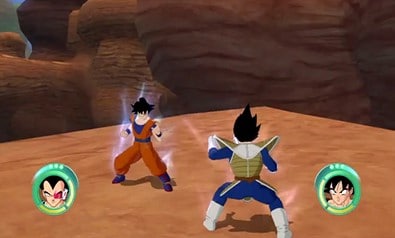

- #XENIA 360 EMULATOR FOR MAC INSTALL#
- #XENIA 360 EMULATOR FOR MAC WINDOWS 7#
- #XENIA 360 EMULATOR FOR MAC DOWNLOAD#
It supports a lot of games (more than all the other emulators out there, you can be sure of that).It is constantly being developed because the Xenia guys want you to have the best experience with it.It is extremely lightweight (the size of it is just 10 MB, which is great!).
#XENIA 360 EMULATOR FOR MAC DOWNLOAD#
The download process is fairly easy, yet there are still some things you need to know first before you go into it.
#XENIA 360 EMULATOR FOR MAC INSTALL#
Please update the latest Windows version possible or install Windows on your Mac computer.
#XENIA 360 EMULATOR FOR MAC WINDOWS 7#
You may want to join the discord and network with the canary team to get abridged of the Linux build's progress, maybe you can contribute to that, to help see this come to fruition.Unfortunately, Xenia is not compatible with either Windows 7 or macOS. I'm an Apple developer, but I would need to spend a lot of time practicing to get to the level of taking something like this on. there may be fun times ahead for developers who are already specialized enough to do the Apple dance. If anything, the new G13G seems roughly on par with a GTX 1050, but may be usable for so much more with the right programming. Perhaps the missing functionality that MoltenVK requires may be implemented this way without as much of a performance hit as the Intel Macs would have taken from doing main to/from GPU data shuffling? May be interesting to revisit this some day and see how things look with the new SoC GPUs, since they use unified memory, and support things like computing ray tracing paths in shaders in a single pass, something which is probably not relevant to this, but an example of what can be done with compute shaders.

Without aliasing of heap contents, memory would have to be allocated for every used size and format combination, but arbitrary allocation in heaps lets us reuse the memory backing render targets and simply create views of it with different sizes and formats. Resource aliasing is great for render targets since they're transient on the Xbox 360 due to EDRAM. However, games don't necessarily use all those 512 megabytes for textures and vertex buffers, so it's better to allocate that buffer in smaller parts. I'm using a 512 MB buffer to emulate physical memory layout for texture untiling/tiling and vertex fetch because it increases performance (no need to maintain vertex caches) and accuracy (allows for weird render to texture cases, including horizontal predicated tiling). They are optional, but definitely help reduce video memory usage. Regarding the memory-saving features: I was talking about my Direct3D 12 renderer rewrite, but this applies to Vulkan as well. Xenos clear render targets by drawing a large rectangle, however, only 3 vertices are submitted, so we need to reconstruct another one in a geometry shader from the 3 vertices we have, after the vertex shader is done.


 0 kommentar(er)
0 kommentar(er)
